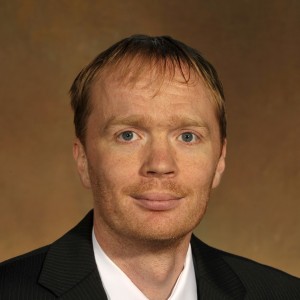Dr. James Ostrowski
ISE Assistant Professor
University of Tennessee
Friday, April 22, 2016
2:30-3:30 JDT 410
Abstract:
The unit commitment problem (UC) is that of scheduling generators to meet power demand, and has been one of the great successes of mixed-integer programming models. The Midwest Independent Transmission System Operator (MISO), recipient of the Edelman Award in 2011, reports annual savings of over $500 million by using MIP models over Lagrangian relaxation techniques for unit commitment. Because of the scales involved, a 1% savings in energy markets is greater than $10 billion annually. We present a perfect formulation for a single generator in the unit commitment (UC) problem. This generator can have characteristics such as ramping constraints, time-dependent start-up costs, and start-up/shut-down ramping. The perfect formulation is polynomially large, so we use it to create a cut-generating linear program for a single generator. We test the computational efficacy of these cuts in a utility-scale UC MIP model, based on the FERC generator set and 2015 hourly data from PJM, creating 362 24-hour UC instances. We find that although these cuts from the ramping polytope are not very helpful for today’s UC problems, they may be more beneficial for tomorrow’s. We will also show how to extend these results to settings where there are nearly identical generators. By exploiting this “almost symmetry,” as well as our ideal formulation, we can see tremendous computational gains.
Bio:
Jim is an assistant professor in the Industrial and Systems Engineering department at the University of Tennessee. His research focuses on both applied and theoretical aspects of optimization. His work has been recognized by the INFORMS Computing Society ICS prize. He is currently an associate editor for INFORMS Journal of Computing.